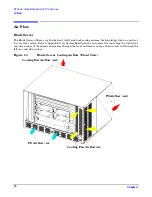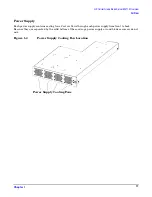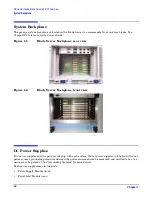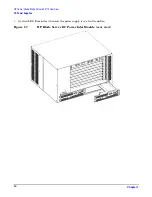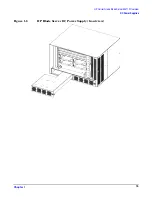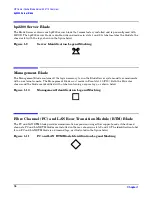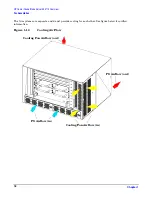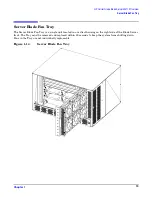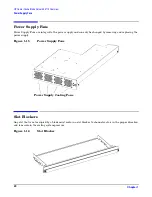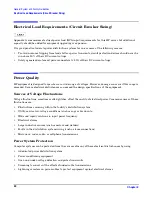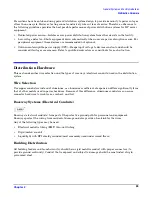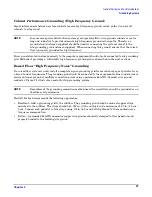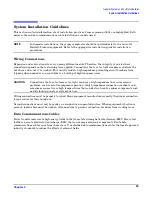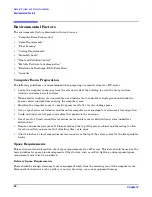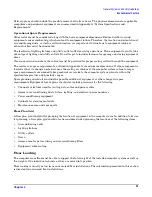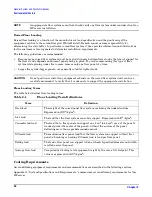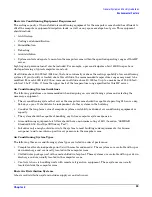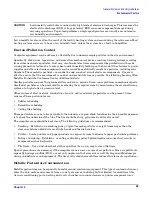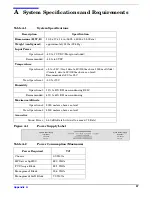
Chapter 2
General System and Facility Guidelines
Electrical Load Requirements (Circuit Breaker Sizing)
24
Electrical Load Requirements (Circuit Breaker Sizing)
Appendix A summarizes electrical power load (KVA input) requirements for this HP server but additional
capacity should be added for equipment upgrading or expansion.
It is good practice to derate power distribution systems for one or more of the following reasons:
•
To avoid nuisance tripping from load shifts or power transients, circuit protection devices should never be
run above 80% of their DC current ratings.
•
Safety agencies derate most power connectors to 80% of their DC current ratings.
Power Quality
HP equipment is designed to operate over a wide range of voltages. However, damage can occur if this range is
exceeded. Severe electrical disturbances can exceed the design specifications of the equipment.
Sources of Voltage Fluctuations
Voltage fluctuations, sometimes called glitches, affect the quality of electrical power. Common sources of these
fluctuations are:
•
Fluctuations occurring within the facility's distribution system
•
Utility service low-voltage conditions (such as sags or brownouts)
•
Wide and rapid variations in input power frequency
•
Electrical storms
•
Large inductive sources (such as motors and welders)
•
Faults in the distribution system wiring (such as loose connections)
•
Microwave, radar, radio, or cell phone transmissions
Power System Protection
Computer systems can be protected from the sources of many of these electrical disturbances by using:
•
A dedicated power distribution system
•
Power conditioning equipment
•
Over- and under-voltage detection and protection circuits
•
Screening to cancel out the effects of undesirable transmissions
•
Lightning arresters on power cables to protect equipment against electrical storms

